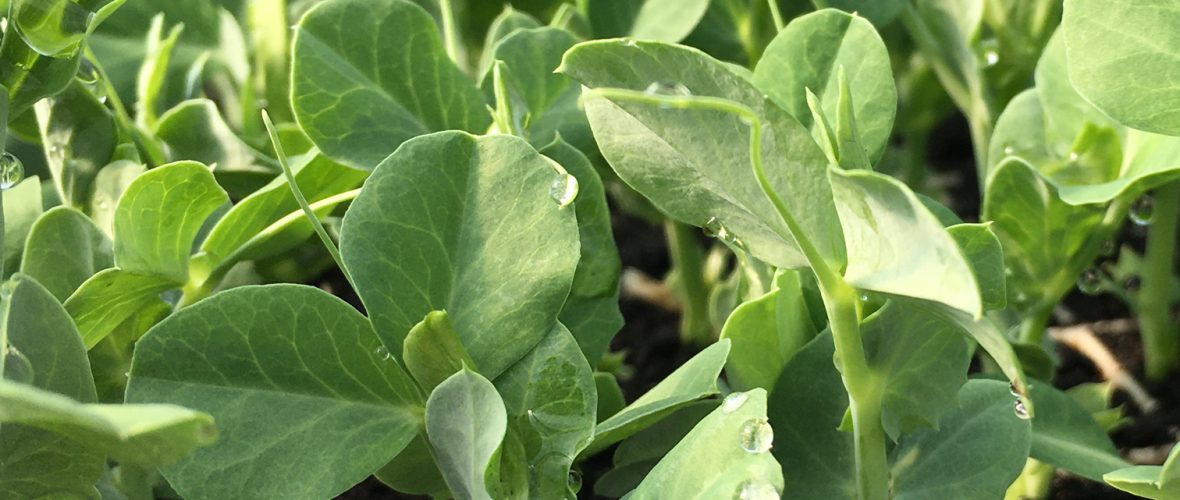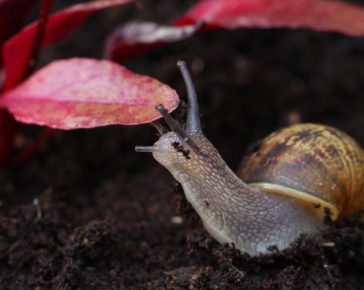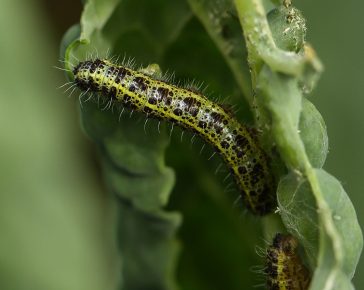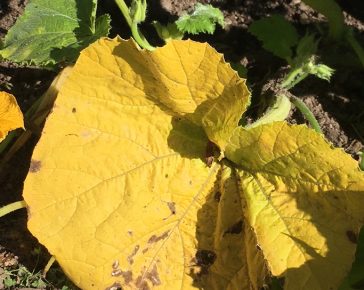After you’ve planted your veggies, it only takes a few weeks for them to get well established and a little more self-reliant. Up until that point, you can really help them by following these five top tips…
#1 – Protect from pests
Slugs, snails, rabbits, pigeons, mice and more… when plants are very young, they have a lot of appeal to lots of garden creatures and it’s always such a disappointment to realise that you’ve lost a whole row of carrots or peas overnight (although it’s a quick way of learning what pests you have to be careful of if you’re new to growing your own!)
- Put down grit barriers, copper tape or beer traps to help prevent slugs and snails
- Cover brassicas and mustard leaves with mesh netting to prevent pigeons, butterflies and other common pests.
- Surround raised beds with a rabbit proof fence – chicken wire running to approximately 1 foot high should be adequate if you’re unable to get something more sturdy in place.
(we have lots of articles about dealing with pests – see linked posts below)
#2 – Water regularly until roots are well established
Baby plants will need a little more watering while they’re putting their roots down. For the first couple of weeks, we’d recommend watering plants in raised beds/traditional plots every 2-3 days during dry spells. Water thoroughly rather than lightly, so that the water goes right into the soil. Once the plants’ roots are down, you will be able to ease off a little during dry spells. Potted plants should be watered a little more regularly as they are quicker to dry out – as a guide, we’d suggest watering lightly every day unless it rains.
#3 – Check leaves for signs of discolouration and wilting
This is one of the best ways to assess a plant’s health – any signs of discolouration or wilting are a sure sign that the plant is struggling. Often this is to do with too much or too little water, nutrient levels in the soil or temperature/weather conditions. If you see leaves wilting, turning yellow or beginning to look papery in patches, then check the moisture levels in the soil. It should hold some moisture but shouldn’t be soggy or waterlogged. You may need to let the soil dry out a little, or give plants some extra water. If the moisture levels are right, and weather conditions are favourable (sunny and warm, not too windy, not too hot) then consider a liquid feed to boost nutrients.
#4 – Tie in climbing plants regularly
This is important as if you leave the plants flailing around, the stems etc are more likely to snap and break. Tie in climbing plants to their supports on a regular basis until they either begin to find their own way (beans and peas will do this) or until the stems strengthen and then you can tie in less often (cordon tomatoes.)
#5 – Mulch
Well this could have gone in at #1, because it is such a good way of giving plants a good start. Mulching with compost or another material (some gardeners use straw, seaweed or leaf mould) will really help to protect the bare soil and lock moisture in and keep temperatures more consistent. This will really help the plants to thrive as they can more easily access water, nutrients and warmth, and it will help to keep them protected from the heat when temperatures fluctuate.




